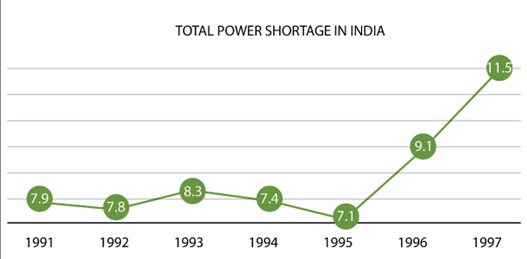NCERT Solutions for Class 8 Science Chapter 3 Coal and Petroleum help students to clear all their doubts. These solutions provide you with the answers to all the questions given in the NCERT textbook. CBSE Class 8 Science Chapter 3 Solutions is prepared by expert teachers as per the latest CBSE syllabus and guidelines.
Solving NCERT Solutions will help you to understand the concepts related to Coal and Petroleum. NCERT Solutions for Class 8 Science Chapter 3 contains an in-depth explanation of each question of NCERT Science textbook. These solutions cover important concepts in different patterns like MCQs and short answer questions, worksheets and more and help you top score good marks in the exam.
Class 8 Science Coal and Petroleum Questions and Answers
Exercise Questions
Question 1: What are the advantages of using CNG and LPG as fuels?
Answer: The advantages of using CNG and LPG as fuels are:
- They are used as non-polluting fuels to transport vehicles.
- LPG and CNG both are easy to store and transport.
- CNG is used for power generation.
- These fuels have more energy per unit volume.
- LPG can be used directly for burning in homes and factories.
- These are easily available and have affordable cost.
- LPG and CNG has virtually no ash particles left after burning.
Question 2: Name the petroleum product used for surfacing of roads.
Answer: Bitumen is the petroleum product used for surfacing of roads.
Question 3: Describe how coal is formed from dead vegetation. What is this process called?
Answer: About 300 million years ago the earth had dense forests in low lying wetland areas. Due to natural processes, like flooding, these forests got buried under the soil. As more soil deposited over them, they were compressed. The temperature also rose as they sank deeper and deeper. Under high pressure and high temperature, dead plants got slowly converted to coal. As coal contains mainly carbon, the slow process of conversion of dead vegetation into coal is called carbonisation.
Question 4: Fill in the blanks.
(a) Fossil fuels are ____________, ____________, and ____________ .
(b) Process of separation of different constituents from petroleum is called _____________ .
(c) Least polluting fuel for a vehicle is ______________ .
Answer:
(a) Fossil fuels Coal, Petroleum, and natural gas.
(b) Process of separation of different constituents from petroleum is called refining.
(c) Least polluting fuel for a vehicle is Compressed Natural Gas (CNG).
Question 5. Tick True/False against the following statements.
(a) Fossil fuels can be made in the laboratory. (T/F)
(b) CNG is more polluting fuel than petrol. (T/F)
(c) Coke is the almost pure form of carbon. (T/F)
(d) Coal tar is a mixture of various substances. (T/F)
(e) Kerosene is not a fossil fuel. (T/F)
Answer:
a) False
b) False
c) True
d) True
e) False
Question 6: Explain why fossil fuels are exhaustible natural resources.
Answer: Fossil fuels are formed over a period of millions of years, by the action of high temperature and high pressure on the remains of dead plants and animals. These fossil fuels are exhaustible natural resources because if these are exhausted by human activities, cannot be recreated in a short period of time.
Question 7: Describe characteristics and uses of coke.
Answer 7: Coke is a tough porous and black substance. It is produced by destructive distillation of coal.
- It is an almost pure form of carbon.
- It is used as domestic as well as an industrial fuel in stoves and furnaces.
- It is used in the manufacture of steel.
- It gives little or no smoke.
- It is used for extraction of metals.
- It can be used to make fuel gases.
Question 8: Explain the process of formation of petroleum.
Answer: Petroleum was formed from organisms living in the sea. As these organisms died, their bodies settled down at the bottom of the sea and got covered with sand and clay. The absence of air, high pressure and high temperature for over millions of years transformed the dead organisms into petroleum and natural gas. The petroleum deposits are usually found mixed with salt water. The petroleum is lighter than salt water, and hence, floats over it.
Question 9: The following table shows the total power shortage in India from 1991– 1997. Show the data in the form of a graph. Plot shortage percentage for the years on the Y-axis and the year on the X-axis.
| Sl. No. | Year | Shortage (%) |
| 1 | 1991 | 7.9 |
| 2 | 1992 | 7.8 |
| 3 | 1993 | 8.3 |
| 4 | 1994 | 7.4 |
| 5 | 1995 | 7.1 |
| 6 | 1996 | 9.2 |
| 7 | 1997 | 11.5 |
Answer:
